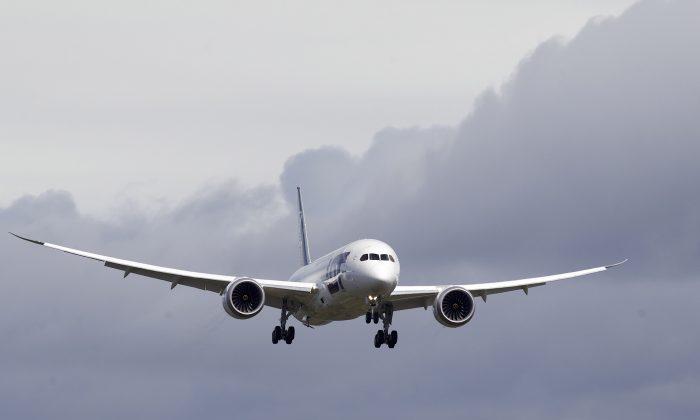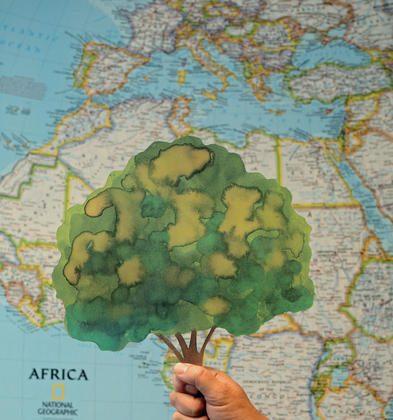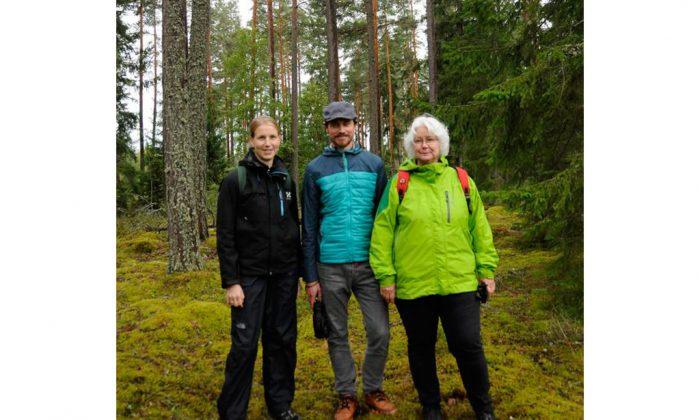Turbulence is the No. 1 cause of injuries to airplane passengers and flight attendants. Experts say jet streams intensified by global warming will increase the frequency of turbulence on transatlantic flights by 50 percent.
“Flights encountering air turbulence will double and the average strength of the turbulence will also increase 10 percent to 40 percent,” says Paul Williams, a Royal Society research fellow at the University of Reading.
“Turbulence causes more than bumpy flights,” says Manoj Joshi, lecturer on climate dynamics at the University of East Anglia in Norwich, England. “It can potentially cause injuries and even airplane damage in extreme cases.”
Airlines pay tens of millions of dollars in damages caused by turbulence every year, state Joshi and Williams in their report published April 8, “Intensification of Winter Transatlantic Aviation Turbulence in Response to Climate Change.”
Deceptively Clear Skies
Turbulence is caused by several factors, including atmospheric pressure, jet streams, mountain waves, cold and warm fronts, and thunderstorms.
It can strike when the sky seems clear. Clear-air turbulence is the most dangerous because it is undetectable. This kind of turbulence is usually encountered at the higher flight levels utilized by airliners.
Passengers who have experienced it often say the aircraft hit an “air pocket” or it “suddenly dropped.” As the aircraft moves up and down, passengers experience rapid changes in vertical acceleration, creating the dropping sensation.
Most injuries are caused by clear air turbulence and happen when passengers are not wearing their seat belts.
Catch 22
Williams says airlines can avoid turbulence by choosing a different route, but it will affect travel time. Longer travel time will also mean greater fuel consumption. Greater fuel consumption will lead to higher carbon dioxide emissions, which will contribute to global warming.
Williams says more fuel also means “higher costs for the airlines that can probably also lead to higher fares.”
The researchers used a climate model to study the jet streams at their peak strength during winter over the North Atlantic Ocean. They chose to focus on this area because of its heavy flight traffic, with 600 transatlantic crossings daily.
“In the future, we will also study other regions,” says Williams. “Jet streams are expected to be stronger and will probably affect Pacific flights as well.”




